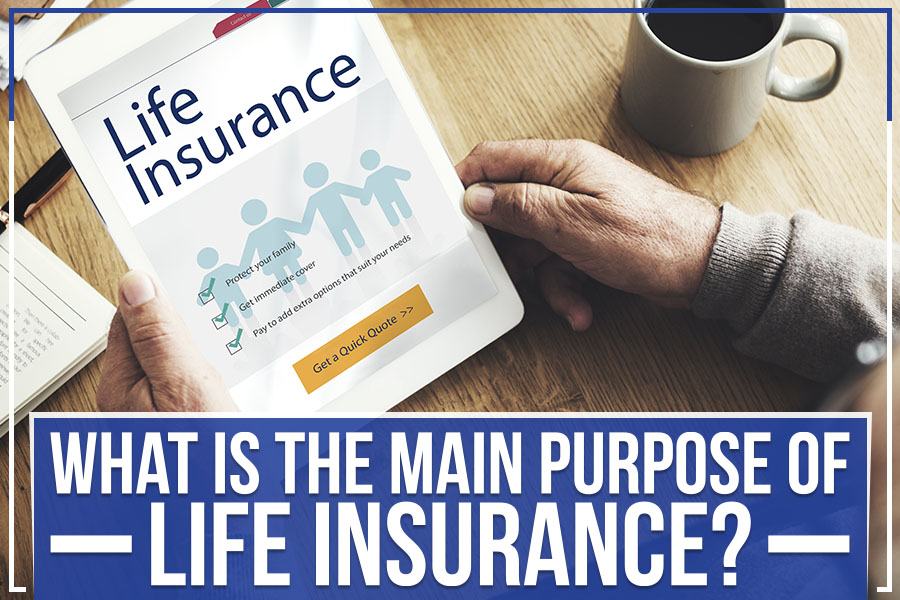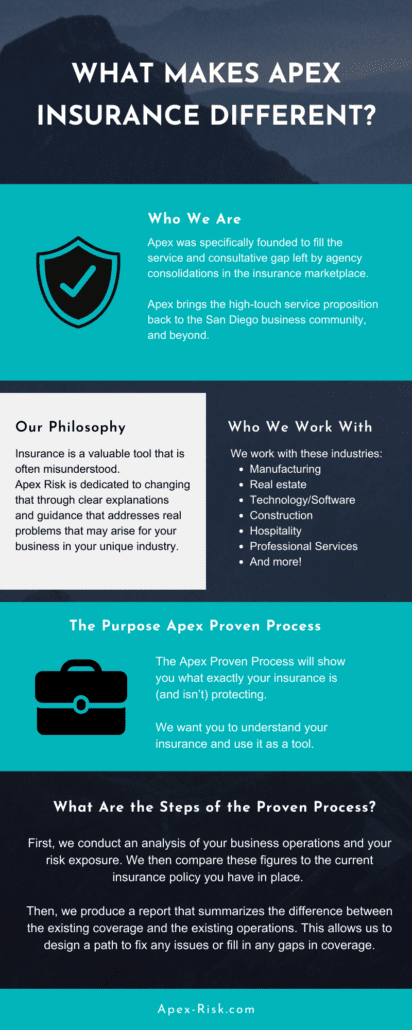Fascination About Pacific Prime
Fascination About Pacific Prime
Blog Article
The 2-Minute Rule for Pacific Prime
Table of ContentsSome Known Details About Pacific Prime Get This Report about Pacific PrimeFascination About Pacific PrimePacific Prime Things To Know Before You BuyFacts About Pacific Prime Uncovered

This is because the data were accumulated for a duration of strong economic efficiency. Of the approximated 42 million people that were uninsured, just about regarding 420,000 (regarding 1 percent) were under 65 years old, the age at which most Americans end up being eligible for Medicare; 32 million were grownups in between ages 18 and 65, around 19 percent of all grownups in this age team; and 10 million were kids under 18 years of age, about 13.9 percent of all youngsters (Mills, 2000).
These quotes of the variety of persons uninsured are created from the yearly March Supplement to the Existing Population Survey (CPS), conducted by the Census Bureau. Unless otherwise kept in mind, nationwide price quotes of people without health and wellness insurance coverage and percentages of the populace with various type of protection are based upon the CPS, one of the most widely used source of estimates of insurance policy coverage and uninsurance rates.
Fascination About Pacific Prime

Still, the CPS is specifically valuable because it creates yearly price quotes relatively promptly, reporting the previous year's insurance coverage approximates each September, and since it is the basis for a constant collection of quotes for greater than 20 years, permitting for evaluation of fads in coverage over time. For these factors, in addition to the substantial use of the CPS in other researches of insurance protection that exist in this record, we rely upon CPS price quotes, with restrictions kept in mind.

The estimate of the variety of without insurance people broadens when a population's insurance standing is tracked for a number of years. Over a three-year duration starting early in 1993, 72 million people, 29 percent of the U.S. https://iridescent-horse-hspdzg.mystrikingly.com/blog/welcome-to-pacific-prime. populace, were without protection for a minimum of one month. Within a solitary year (1994 ), 53 million people experienced at least a month without insurance coverage (Bennefield, 1998a)
6 out of every ten without insurance adults are themselves used. Although functioning does enhance the possibility that and one's member of the family will have insurance coverage, it is not a guarantee. Also participants of households with 2 permanent wage earners have almost a one-in-ten possibility of being without insurance (9.1 percent without insurance rate) (Hoffman and Pohl, 2000).
Pacific Prime Fundamentals Explained
New immigrants account for a significant percentage of people without health and wellness insurance coverage. One evaluation has actually connected a significant portion of the recent growth in the size of the U.S. uninsured populace to immigrants that got here in the nation in between 1994 and 1998 (Camarota and Edwards, 2000). Current immigrants (those who pertained to the USA within the past 4 years) do have a high price of being without insurance (46 percent), yet they and their youngsters account for simply 6 percent of those without insurance across the country (Holahan et al., 2001).
The connection in between medical insurance and accessibility to care is well developed, as documented later on in this chapter. Although the connection in between wellness insurance and health outcomes is neither direct nor straightforward, a comprehensive medical and health services study literary works web links medical insurance here are the findings protection to enhanced accessibility to care, much better high quality, and enhanced personal and population health condition.
Levels of evaluation for taking a look at the impacts of uninsurance. It focuses specifically on those without any type of health and wellness insurance for any kind of size of time.
Pacific Prime Fundamentals Explained
The troubles encountered by the underinsured remain in some areas similar to those dealt with by the without insurance, although they are typically much less extreme. international health insurance. Uninsurance and underinsurance, however, include distinctly various policy issues, and the techniques for addressing them might vary. Throughout this research study and the five records to adhere to, the primary focus gets on individuals without any health and wellness insurance policy and hence no help in spending for health care beyond what is offered with charity and safeguard institutions
Medical insurance is an effective variable impacting invoice of care because both patients and medical professionals react to the out-of-pocket cost of services - https://allmyfaves.com/pacificpr1me?tab=pacificpr1me. Medical insurance, however, is neither required nor sufficient to access to medical services. The independent and straight impact of wellness insurance policy coverage on accessibility to wellness solutions is well established.
Others will certainly acquire the health care they require even without health and wellness insurance coverage, by paying for it expense or seeking it from suppliers that supply treatment cost-free or at extremely subsidized rates. For still others, medical insurance alone does not ensure invoice of care due to other nonfinancial obstacles, such as a lack of health treatment service providers in their neighborhood, minimal accessibility to transport, illiteracy, or linguistic and cultural differences.
The 7-Minute Rule for Pacific Prime
Formal study about without insurance populaces in the United States dates to the late 1920s and early 1930s when the Committee on the Cost of Treatment created a collection of records regarding funding doctor workplace gos to and hospitalizations. This problem ended up being prominent as the numbers of medically indigent climbed during the Great Depression.
Report this page